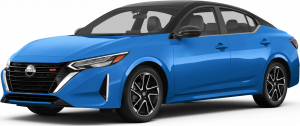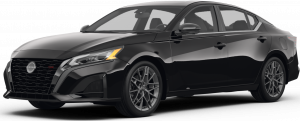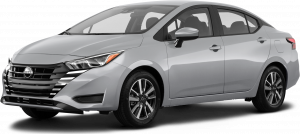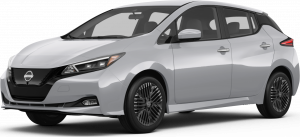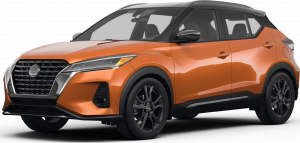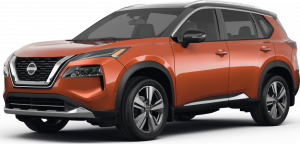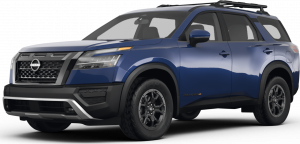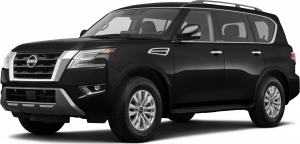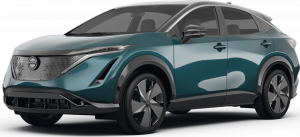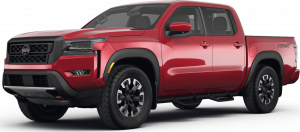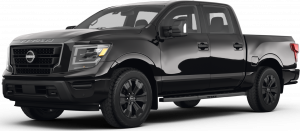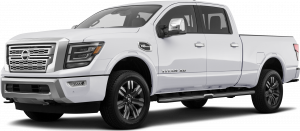If you’re like most people, you probably don’t enjoy driving in the rain. Reduced visibility, slippery conditions, and a high chance of heavier traffic - there’s a lot to dislike. Unfortunately, we can’t always avoid driving in the rain, especially if you live somewhere that receives a lot of precipitation on the regular. There are a few key steps that you can take to make driving in the rain less of a hassle. Follow these simple guidelines to stay safe on wet roads.
Wait until the weather improves
Probably a no brainer, but the easiest way to avoid driving in the rain is to…just not. If at all possible, try and wait until the weather improves. This may not always be an option, especially if you’re headed into work or an appointment. But if you are able to wait, why not?
Slow down!
The absolute best way to ensure your safety (and the safety of others!) while driving in the rain is to keep your speed low. Slowing down on wet roads can dramatically reduce your chance of getting into an accident. You should aim to leave at least five seconds of following distance between you and the car in front of you - and stick to that. You also shouldn’t feel pressured to drive the posted speed limits if you are uncomfortable, regardless of how fast other drivers may be going. These limits are created with perfect weather conditions in mind - not a downpour. Rain on the roadway can cause oils to seep out of the pavement, making them more slippery and slicker than usual. With water on the road, your car can also hydroplane if you’re moving too fast. Sticking to a slow speed can help prevent this from happening.
If you ever get into a situation where you are hydroplaning and losing control of your vehicle, immediately remove your foot from the accelerator. Remember to turn the steering wheel in the direction that your car is hydroplaning. This may seem counterintuitive, but it will help your tires realign with the direction of travel, ultimately allowing you to regain control of the vehicle. Remain calm and fight the urge to slam on the brakes - this will only make matters worse. You want to gradually and gently pump the brakes while you steer into the skid.
Never use cruise control
When driving in wet conditions, make sure you never, ever use cruise control. In general, you want to make sure that you are alert and focused while driving in the rain. If you are using cruise control, this isn’t the case. In addition, if your vehicle happens to hydroplane while you are in cruise control mode, the automatically triggered acceleration will cause your car to go even faster, which is the opposite of what you want. Ultimately, this can cause you to lose further control of your vehicle. The extra second or two it takes for cruise control to disengage can be critical to keeping your safe - don’t risk it.
Use your windshield wipers
It may seem obvious, but many people forget to turn their windshield wipers on when it starts raining, especially if it’s raining only lightly. Your windshield wiper comes in a variety of speeds just for this reason - take advantage of it. If you live in an area that’s prone to precipitation, make sure you are regularly inspecting your windshield wiper blades and replacing them when they start to wear down. It’s essential to maintain good visibility while driving to keep you and those around you safe in the rain.
Turn on your lights
If it’s raining enough for you to use your windshield wipers, your car lights should also be on. Your headlights can help you maintain visibility in tough weather conditions. On top of that, having your lights on can help your vehicle remain visible to other drivers. Make sure that both your headlights and taillights are illuminated, so that drivers both in front of and behind you can identify your car. When using the headlights, make sure that you are not using the brights. These lights can bounce off the wet surfaces, making it harder for other vehicles to see and leading to unsafe driving conditions.
Avoid hard braking
When driving in the rain, you should always try and avoid hard braking. Hard braking can cause your car to slip and skid on wet pavement. You may think that you have enough time to brake when approaching the car in front of you, but braking times are elongated when dealing with rainy conditions. By maintaining a following distance of five seconds from the car in front of you, and by ensuring you start to brake early and gradually, you can avoid getting into an accident.
Stay away from flooded roads
It may seem obvious, but you should never attempt to drive your car through a flooded area. If the water on the road is covering the markings, that means that it’s too deep for you to drive through. You can lose control of your vehicle in as little as 3 inches of water. Driving through a flooded roadway can cause you to hydroplane, or possibly get stuck. If the road is too flooded, your car could even start to float away - with you in it! If you are familiar with the area in which you are driving, try and avoid the roads that you know are prone to flooding. Pick an alternate and safer route, even if that means it may take you a little longer to get to your destination.
Defog the windows
Rainy weather makes the air more humid. This can cause your windshield to fog up, lowering visibility and increasing your risk of a collision. To deal with this, most cars have a defrost function. Turn on your defrost to clear your front and rear windows. Don’t attempt to drive until the windshield is completely cleared of fog.
Driving in the rain can be scary. If you can put off that trip to the store or that visit to a friend until the weather clears, you definitely should. However, sometimes we can’t just put life on hold because of the weather. By following these essential tips, you can be sure to keep yourself and others safe when driving in the rain.



